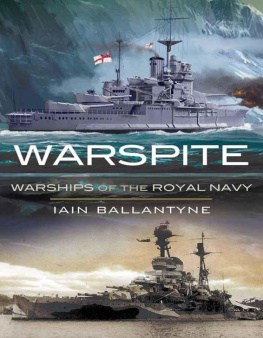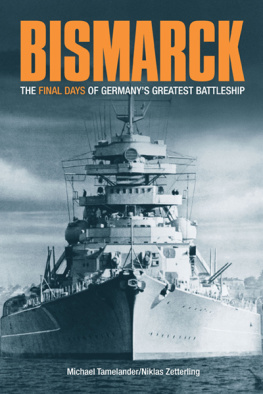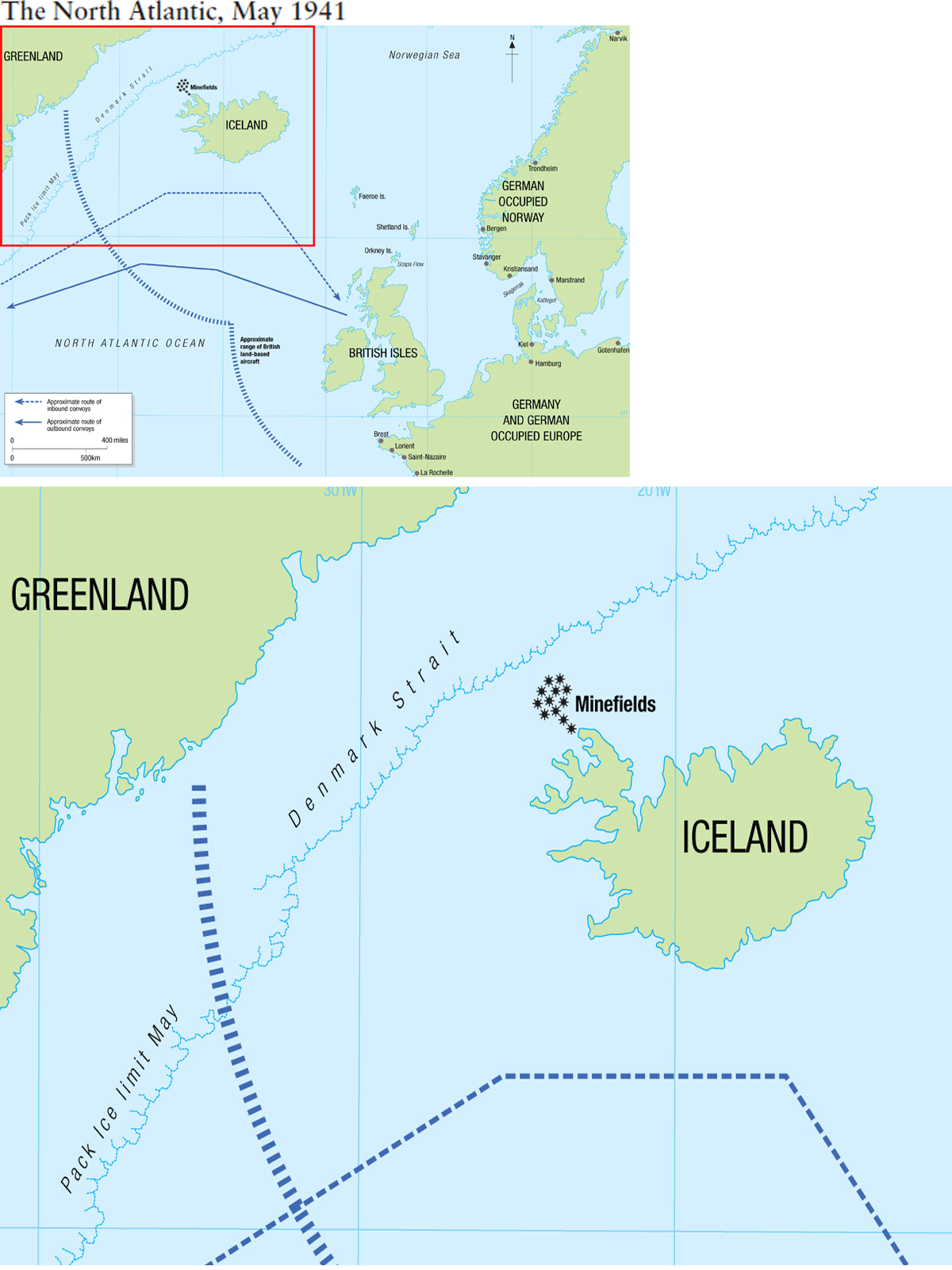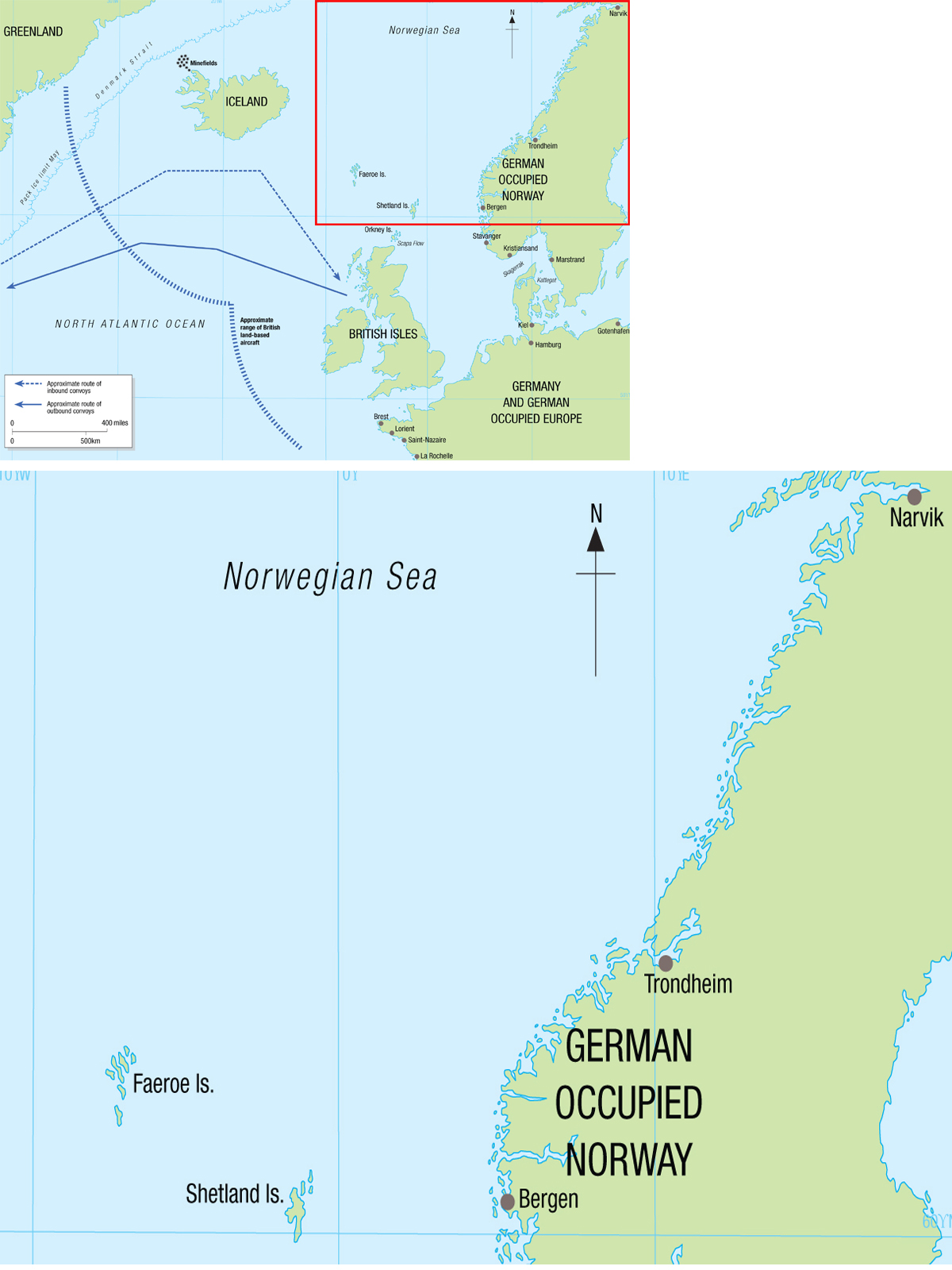CAMPAIGN 232
THE BISMARCK 1941
Hunting Germanys greatest battleship
| ANGUS KONSTAM | ILLUSTRATED BY PAUL WRIGHT |
Series editor Marcus Cowper
CONTENTS
INTRODUCTION
There was no other warship like her. In the spring of 1941, a combination of German steel, an impressive and integrated armament, and an excellent design made the Bismarck one of the most powerful warships in the world. The Germans claimed she was unsinkable the ultimate battleship. This is why she posed such a threat to Britain during those dark months of 1941 she was a floating challenge to British naval prestige and supremacy, and she might well be as invincible as the German propagandists claimed. She entered service in August 1940, when Britain was still fighting for her life in the Battle of Britain and German invasion barges filled the French channel ports. For nine months the Bismarck remained one of the most serious latent threats Britain faced a warship that could single-handedly sever her vital maritime lifeline and bring the beleaguered island nation to her knees.
In early 1941, Germanys U-boats were causing devastation in the Atlantic, and hundreds of thousands of tons of Allied shipping were being sunk every month. While the Battle of the Atlantic was going well, Groadmiral Erich Raeder was also aware that he still lacked enough U-boats to have a decisive impact. To starve the British of the resources they needed to continue fighting, the commander of the Kriegsmarine (the German Navy) knew that he had to use all the assets at his disposal. That included the Bismarck.
The KMS Bismarck in happier days, pictured during her working-up exercises in the Baltic Sea, sailing in consort with the Prinz Eugen. The chevrons of her Baltic camouflage scheme were painted over during her brief sojourn in Norwegian waters.
HMS Hood entering Portsmouth in April 1937 during preparations for the Royal Fleet Review. This elegant old battlecruiser might have been the pride of the Royal Navy, but by 1941 her poor armour meant modern battleships outclassed her.
Given the situation, both sides knew that the Bismarck would make a sortie into the Atlantic her target the convoys whose survival were entwined with that of Britain. That spring, both fleets prepared for the clash. The German battleship had become the new bogeyman for the sailors of the Royal Navys Home Fleet, based in Scapa Flow. Their commander Vice Admiral John Tovey was prepared to do anything he could to intercept and destroy the Bismarck when she made her move. He realized just how high the stakes had become. Not only was the reputation of the Royal Navy at stake, but the Bismarck also posed the direst possible threat to Britains maritime lifeline. Whatever happened, she had to be located, caught and sunk.
The Germans planned to unleash the Bismarck in May 1941 her maiden voyage would be a sortie deep into the North Atlantic, codenamed Operation Rheinbung. The Bismarck was considered fast enough to slip past the British warships blocking her path into the Atlantic, and, if it came to a fight, her guns were considered more than a match for any single battleship that the Royal Navy could send against her.
The short naval campaign that followed pitted the Bismarck against the might of the Royal Navy a tense drama played out against the cold, grey backdrop of the North Atlantic. Even the most experienced sailor can find the North Atlantic a grim, forbidding place, where storm-tossed grey seas merge with a glowering grey sky to create a harsh, unremitting environment, which isnt conducive to smooth-running naval operations. Looking at a map also gives a false impression of the scale of the campaign. This was a giant maritime game of cat and mouse, only the prey was no docile creature but a powerful modern battleship, with the speed, firepower and armour to fight her way out of trouble if the need arose. Finding a single ship in the vast expanse of the North Atlantic is a difficult task today, but in 1941 it was that much harder as the weather conditions were poor, radar was in its infancy, and, for a crucial 24 hours, the British had no real idea where to look.

The newly built Bismarck, pictured as she was being towed out from the outfitting wharf at Hamburgs Blohm & Voss shipyard. This photograph was taken at the start of her initial trials in mid-September 1940, three weeks after she was commissioned.
This would end in one of two ways. One would be that the Royal Navy would destroy the Bismarck, thereby restoring the naval status quo, and allowing the Admiralty to concentrate their resources on fighting the menace of the U-boats. German naval confidence would be shattered and her remaining surface warships would be consigned to a defensive role. The other would be that the Bismarck would evade her pursuers, cause havoc in the transatlantic shipping lanes and return safely to port, where she could threaten to repeat the sortie whenever she liked. This would be an immense blow to British naval prestige, and call into question Britains very ability to continue the war. As the Bismarck prepared for sea, both sides realized just how important the coming few days would be.
CHRONOLOGY
| July 1936 | Keel of Bismarck laid in Hamburg. |
| February 1939 | Bismarck launched. |
| August 1940 | Bismarck commissioned into the Kriegsmarine. |
| SeptNov 1940 | The Bismarck conducts sea trials in the Baltic Sea. |
| December 1940 | She returns to Hamburg for final outfitting. |
| 1941 |
| March | Sails from Hamburg to Gotenhafen (Gdynia) on the Baltic. |
| April | Final sea trials and crew training exercises. |
| 5 May | Hitler inspects the Bismarck, accompanied by Admiral Ltjens. |
| 12 May | Admiral Ltjens and staff embark. |
| Sunday 18 May |
| Start of Operation Rheinbung. |
| 12pm | Bismarck slips her berth and anchors in Gotenhafen Bay to take on fuel and last-minute supplies. |
| Monday 19 May |
| 2am | |
Next page
























